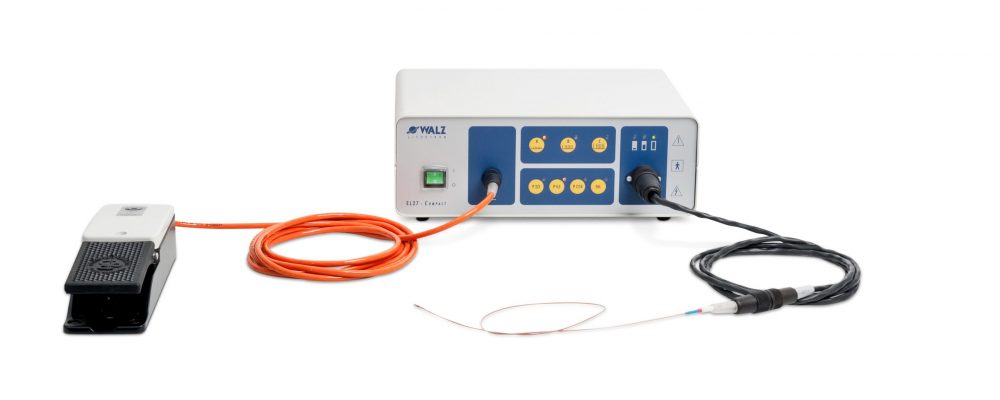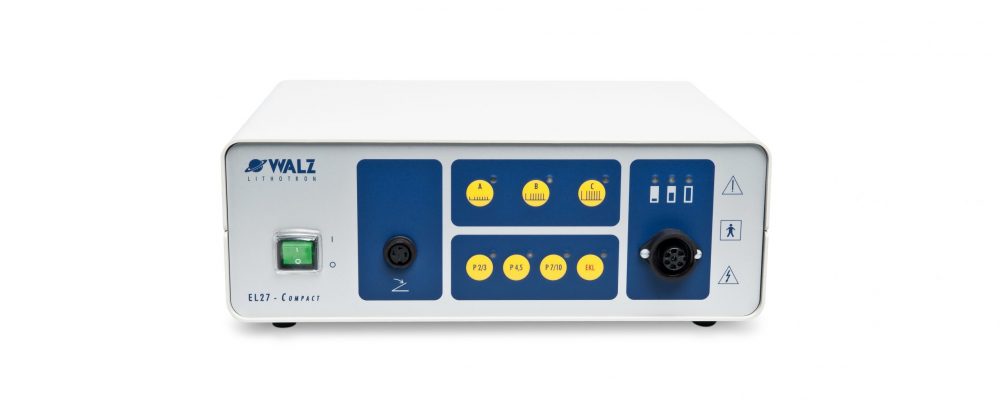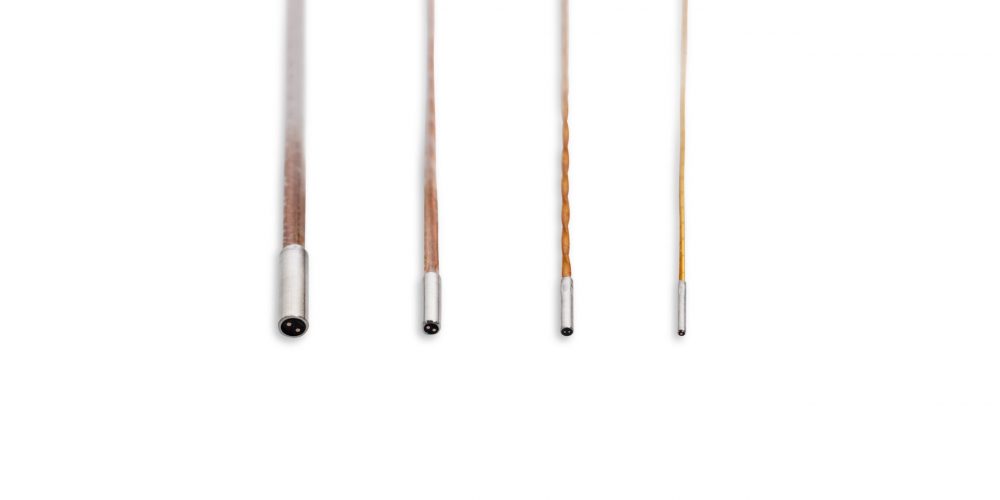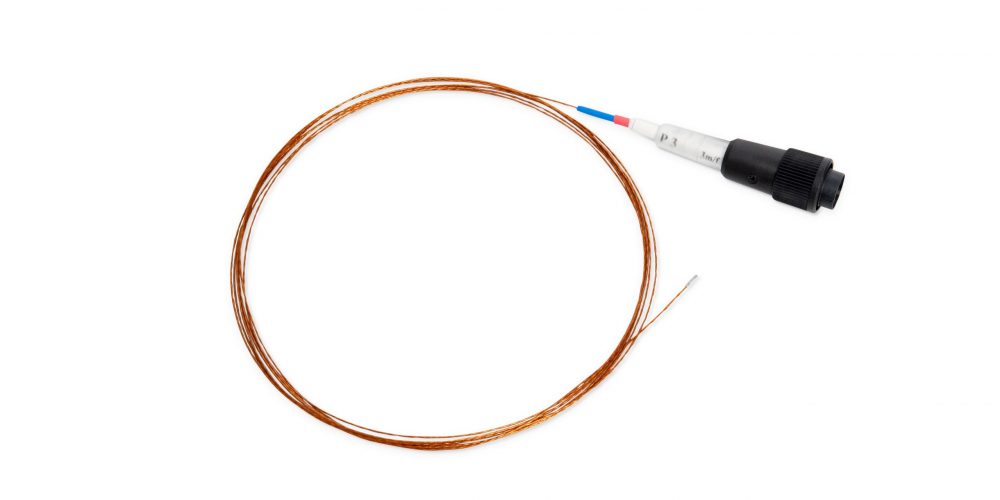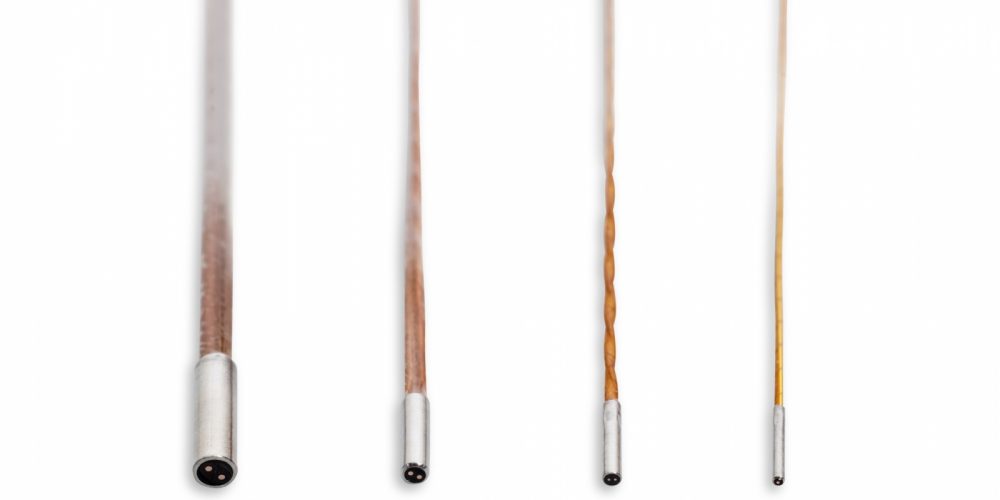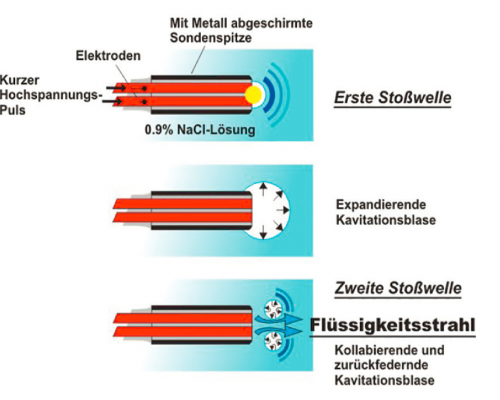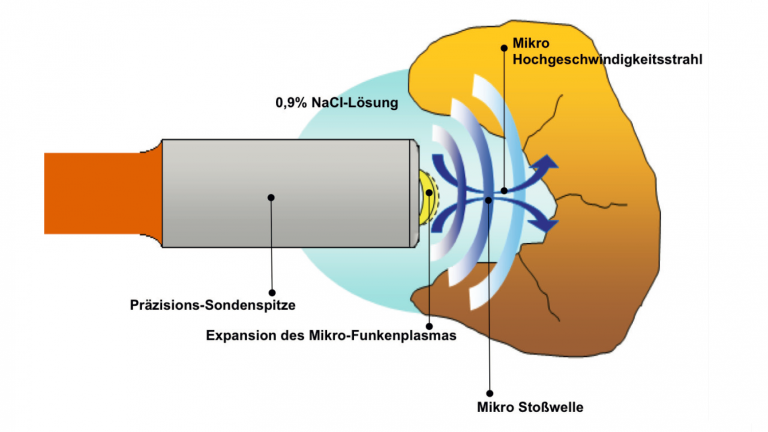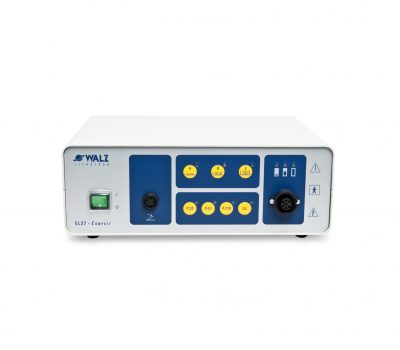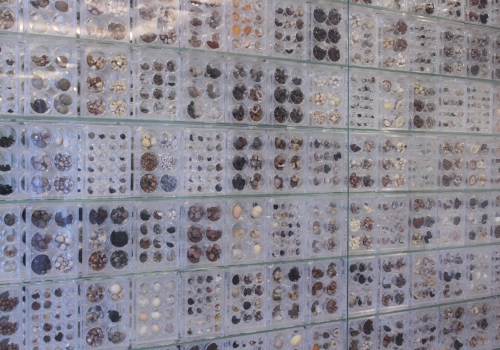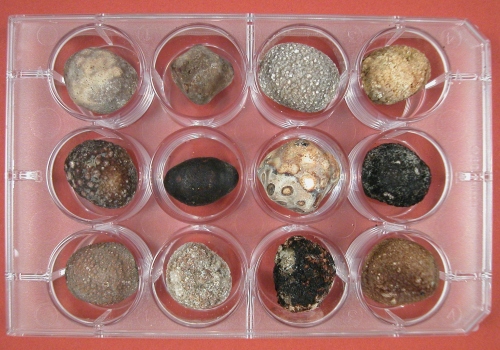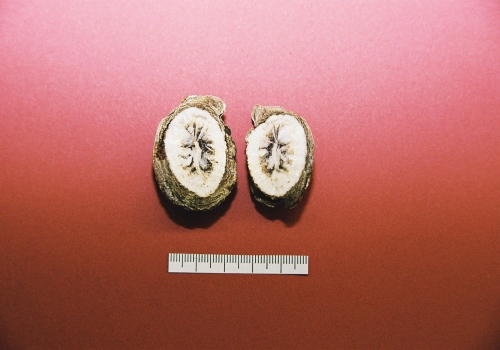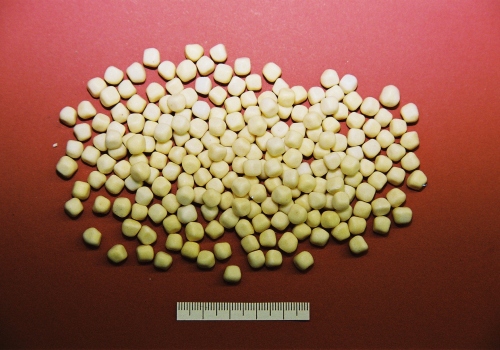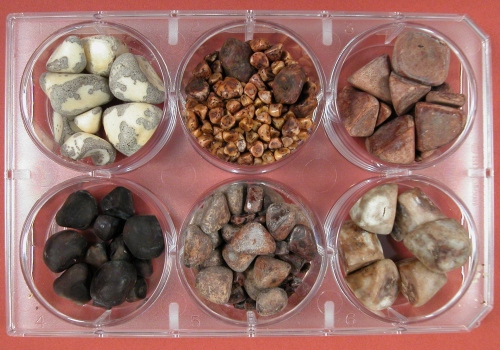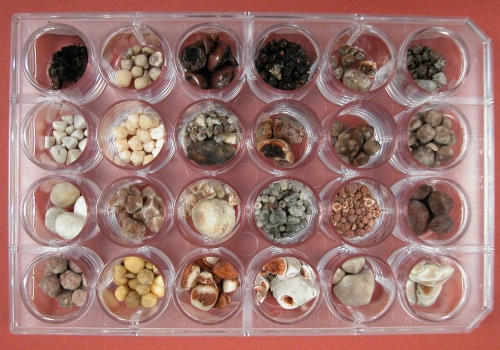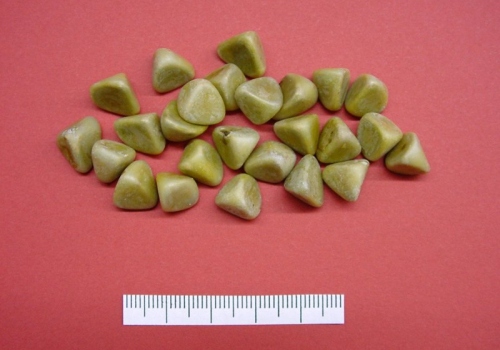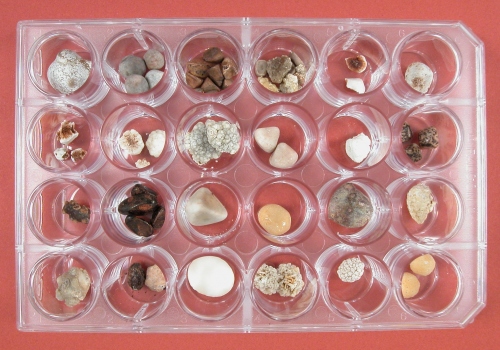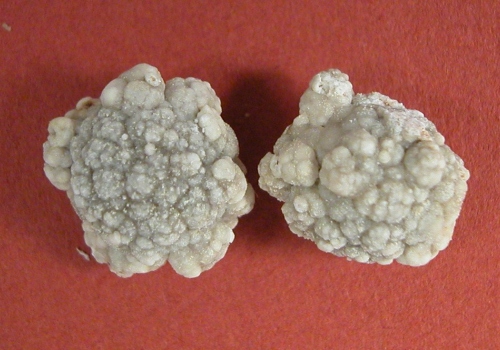Jae Hyung Lee, Hyung Wook Kim, Dae Hwan Kang, Cheol Woong Choi, Su Bum Park, Suk Hun Kim, Ung Bae Jeon. Usefulness of Percutaneous Transhepatic Cholangioscopic Lithotomy for Removal of Difficult Common Bile Duct Stones, Clinical Endoscopy, January 2013
Jürgen Pohl, Direct cholangioscopy with standard ultra-slim endoscopes for electrohydraulic lithotripsy of an incarcerated large bile duct stone. Video Journal and Encyclopedia of GI Endoscopy 2012
ens Cordes, Birgit Lange, Dieter Jocham, Ingo Kausch. Akzidentielle Zerstörung von Steinfangkörben. Urologische Nachrichten 01.2012
R. Jakobs. Der schwierige Gallengangsstein: Eine Herausforderung in der klinischen Praxis. J Gastroenterol Hepatol ERKR 2011; 9(1)
T. Nordmann, B. Schumacher, H. Neuhaus. Endoskopische Therapie des Bouveret-Syndroms mit Laser- und elektrohydraulischer Lithotripsie. Endo-Praxis 2011; 27(1): 14-19
Classen M., Tytgat G., Lightdale C. Gastroenterological Endoscopy, 2nd Edition, Thieme Verlag Germany, 2010, pp. 443-458
Hwa Jong Kim, Jong Ho Moon, Hyun Jong Choi, Hyun Cheol Koo, Sung Jin Park, Young Koog Cheon, Young Deok Cho, Moon Sung Lee, Chan Sup Shim. Endoscopic removal of an enterolith causing afferent loop syndrome using electrohydraulic lithotripsy. Digestive Endoscopy (2010) 22, 220-222
Hwa Jong Kim, Jong Ho Moon, Hyun Jong Choi, Hyun Cheol Koo, Sung Jin Park, Young Koog Cheon, Young Deok Cho, Moon Sung Lee, Chan Sup Shim. Endoscopic removal of an enterolith causing afferent loop syndrome using electrohydraulic lithotripsy. Digestive Endoscopy (2010) 22, 220-222
Fredrik Swahn, Gunnar Edlund, Lars Enochsson, Conny Svensson, Bo Lindberg, Urban Arnelo. Ten years of Swedish experience with intraductal electrohydraulic lithotripsy and laser lithotripsy for the treatment of difficult bile duct stones: an effective and safe option for octogenarians. Surg Endosc (2010) 24: 1011-1016
Akio Katanuma, Hiroyuki Maguchi, Manabu Osanai, Kuniyuki Takahashi. Endoscopic treatment of difficult common bile duct stones. Digestive Endoscopy (2010) 22 (Suppl. 1), S90-S97
Jong Ho Moon, Bong Min Ko, Hyun Jong Choi, Hyon Cheol Koo, Su Jin Hong, Young Kooog Cheon, Young Deok Cho, Moon Sung Lee, Chan Sup Shim. Direct Peroral Cholangioscopy Using an Ultra-Slim Upper Endoscope for the Treatment of Retained Bile Duct Stones. Am J Gastroenterol 2009; 104: 2729-2733
Schwacha H et al. Endoscopic therapy of gallstones ileus. Endoscopy 2008; 40: E185-E186
Mori A et al. Electrohydraulic lithotripsy of the common bile duct stone under transnasal direct cholangioscopy. Endoscopy 2007; 39: E63-E63
Lammert F et al. S3-Leitlinie der Deutschen Gesellschaft für Verdauungs- und Stoffwechselkrankheiten und der Deutschen Gesellschaft für Viszeralchirurgie zur Diagnostik und Behandlung von Gallensteinen. Z Gastroenterol 2007; 45: 971-1001
C.-K. Hui, K.-C. Lai, M. Ng, W.-M. Wong, M.-F. Yuen, S.-K. Lam, C.-L. Lai, B.C.Y. Wong. Retained common bile duct stones: a comparison between bilary stenting and complete clearance of stones by electrohydraulic lithotripsy. Aliment Pharmacol Ther 2003; 17: 289-296
Koch H., Rösch W., Walz V. Endoscopic lithotripsy in the common bile duct. Gastro. Endosc. 1980 Feb., 26(1), pp. 16-18
Walz V. Untersuchungen an einer Sonde zur elektrohydraulischen Lithotripsie, Diplomarbeit. Institut für biomedizinische Technik, Universität Stuttgart, Germany, August 1974

